The key to a flourishing garden lies in maintaining it with regular weeding. But what if you didn’t have to constantly pull out weeds? Instead, imagine if you had access to a protective layer that curtails weed growth? That’s where weed barrier comes in.
Gardeners often use an effective yet simple method to help them control weed growth; laying down a weed barrier fabric or plastic sheeting. This obstruction will block out the vital sunlight weeds require to sprout and spread, keeping bothersome weeds at bay. Depending on the desired outcome, biodegradable or non-biodegradable barrier products are available in the market.
When it comes to the matter of whether soil on top of weed barrier is appropriate, the answer is neither one nor the other.
To keep the weed barrier in its place in the area where you’ll be planting soon, a layer of soil is necessary. Once you’ve planted all that your garden contains, pull the weed barrier up around the plants to that only their upper portion is visible. This will ensure that the barrier remains secure and stable.
By leaving weed barrier exposed in those areas you don’t want plants to sprout, it can be a very helpful tool to prevent growth. This is especially true along driveways or walkways where no vegetation should take root.
As is the case with many things in gardening, weed barrier is not a cure-all for weed growth. Unfortunately, the deep-reaching roots of dandelions for example will find a way around it and emerge from the soil beneath. However, for most weeds, this barrier will help to keep them at bay before they ever have a chance to spring up in your garden.
To ensure your desired outcome, whether that be to create a no-weeds zone or an ideal setting for planting, be sure to lay some soil atop the weed barrier. Doing so will result in your greatest success.
Related Product
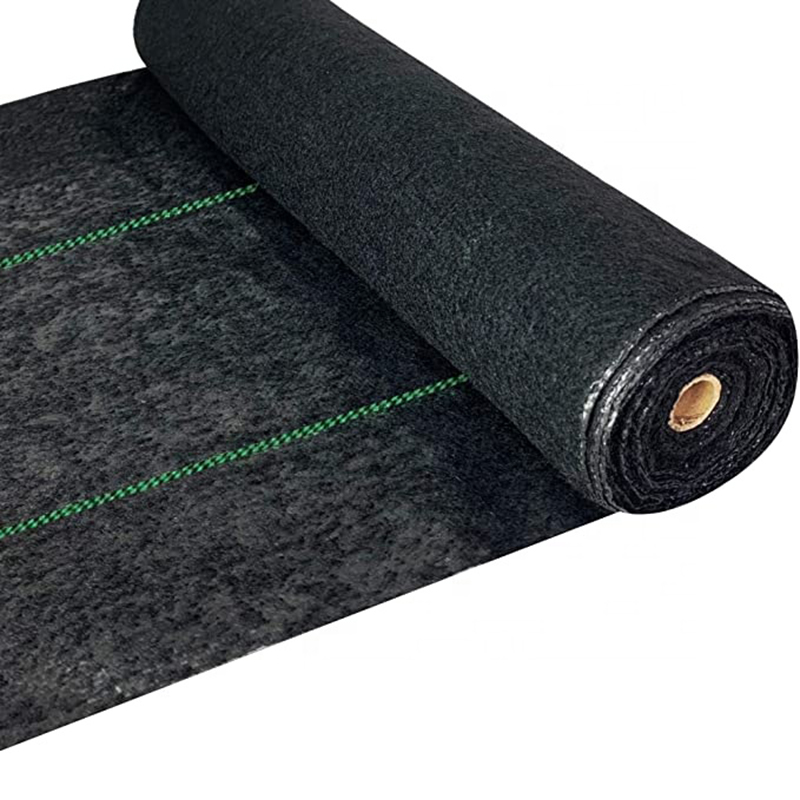
Heavy Duty Landscape Fabric
High Strength &Durability: 5.8oz heavy duty landscape weed barrier fabric, made of tightly woven polypropylene fabric needle which punched with UV-stabilized. 98.7% opaque to l […]
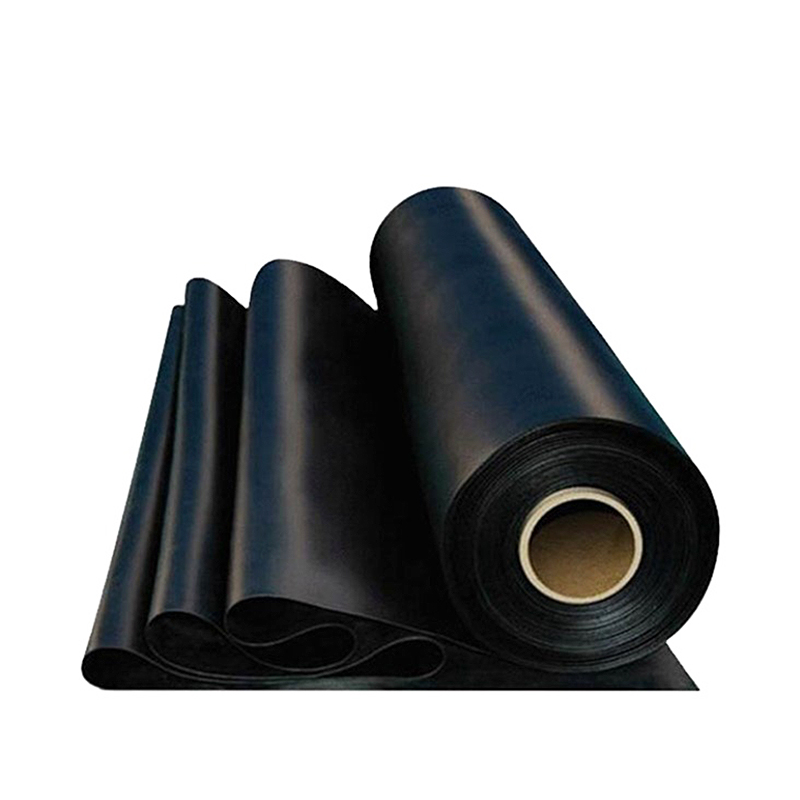
Hdpe Geomembrane
Product Features: They have strong ability for waterproof,anti seepage and isolation, aging resistance, good welding performance, convenient construction, root resistance and other […]
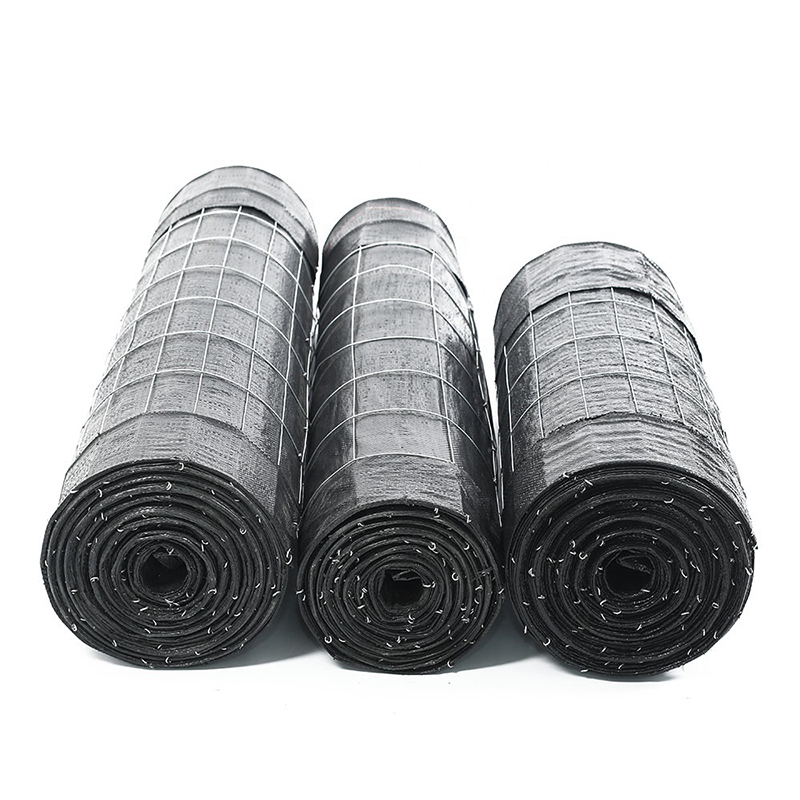
Wire Backed Silt Fence
The Wire Back Silt Fence is a strong erosion control fence designed for areas with demanding silt and erosion control requirements. Offering more strength and stability than a stan […]
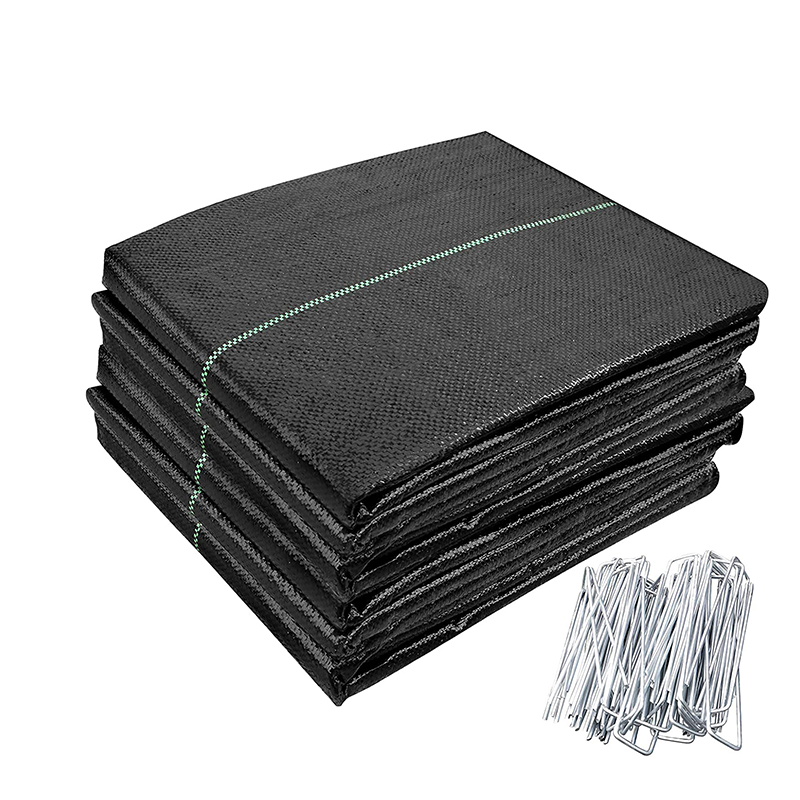
Woven Geotextile/Weed Mat
PP Woven Geotextiles are a series geotextiles made of high-performance polypropylene woven geotextile fabrics combining strength, durability and robust design. All these PP woven g […]
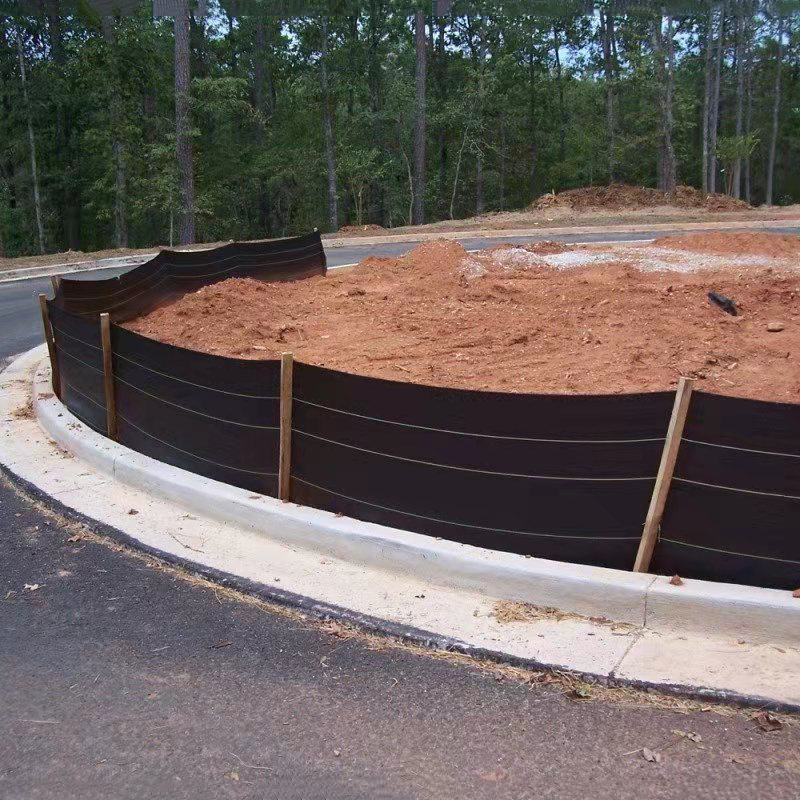
Silt Fence
Product Weed Mat / Ground cover/Slit fence Weight 70g/m2-300g/m2 Width 0.4m-6m. Lengths 50m,100m,200m or as your request. Color Black,Green,White ,Yellow or As your request […]
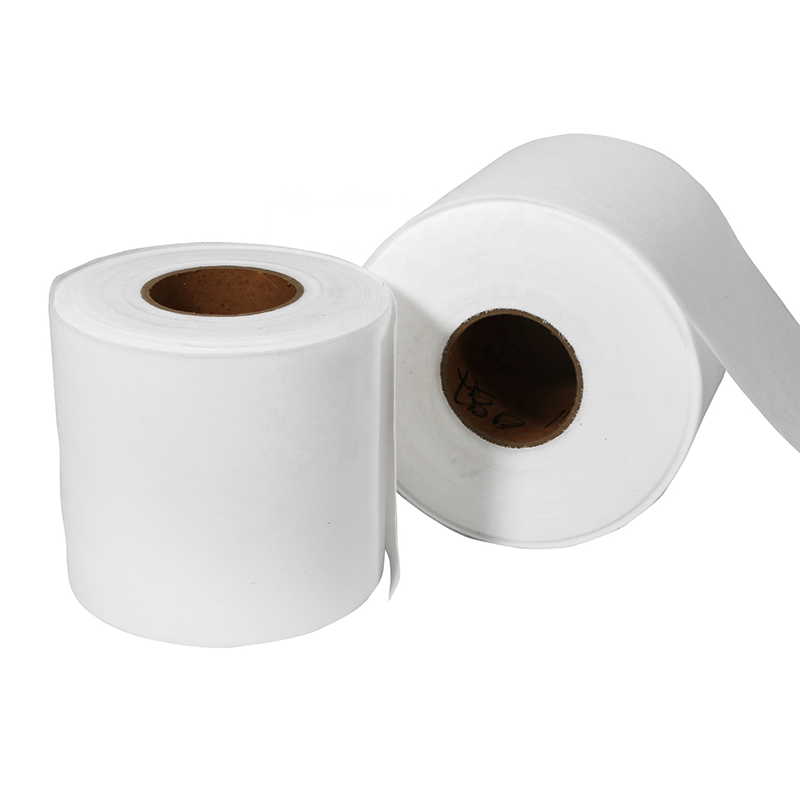
Non-Woven Geotextile
Geotextiles are permeable geosynthetic materials made by needling or weaving synthetic fibers. Geotextile is one of the new geosynthetic materials, and the finished product is clot […]
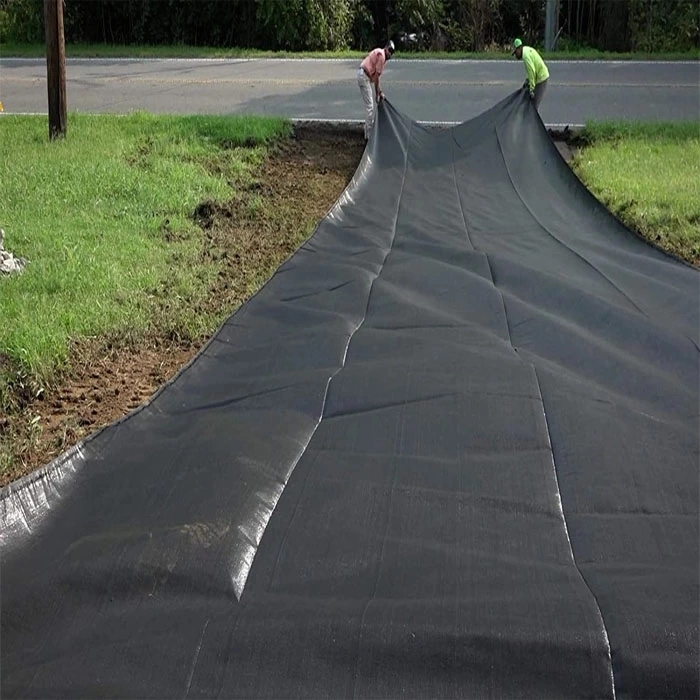
Bluekin Weedmat: Your Secret Weapon for a Low-Maintenance and Beautiful Garden
Are you tired of spending countless hours weeding and maintaining your garden? Look no further than Bluekin Weedmat, the ultimate solution for a low-maintenance and beautiful garde […]
Post time: 2023-06-29
